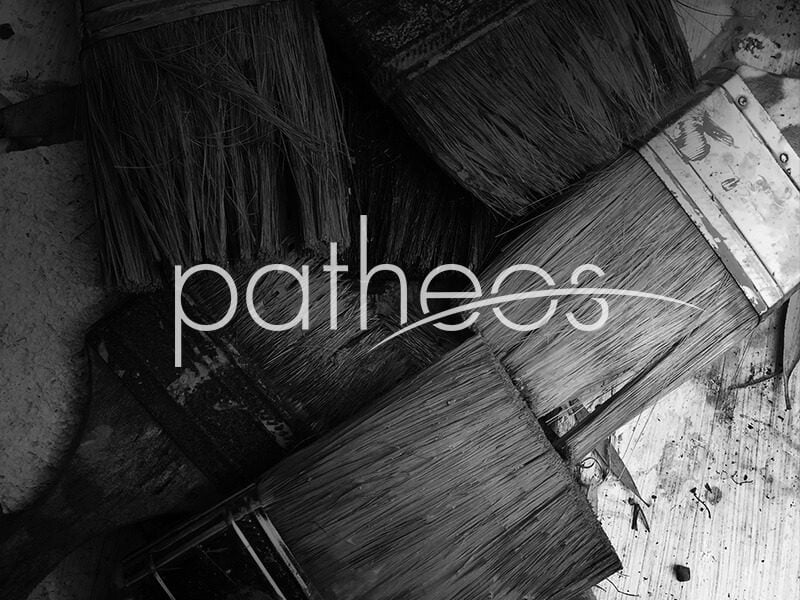Washington D.C., Sep 15, 2016 / 06:04 am (CNA/EWTN News).- If the U.S. uses its moral authority' to pressure Vietnam on human rights issues, the southeast Asian country will change for the better, religious freedom advocates maintained at a conference on Monday. “Vietnam wants to be part of the world, and I’m sure it does. It needs to not treat religious liberty as the poor sister of the human rights family, or worse, as the eccentric uncle of the human rights family,” Kristina Arriaga, a commissioner on the U.S. Commission on International Religious Freedom, stated at a Sept. 12 event hosted by the Hudson Institute on religious freedom in Vietnam. “Without religious freedom, no other right exists,” she added. The freedom of citizens to practice their religion in Vietnam “varies,” the U.S. Commission on International Religious Freedom noted in its 2016 annual report, because while “the government has made dramatic openings with respect to religious freedom,” officials – at both the national and local levels – can also treat certain religious leaders and communities with hostility, as supposedly “threatening to the state.” Grave violations of human rights are still committed, such as the government requiring religious groups to register with the state, imprisoning human rights activists, and cracking down on protests, as when this past spring 4,000 Catholics were reportedly beaten for protesting a toxic waste dump that caused an environmental disaster. Unregistered religious groups are at greater risk of harassment and persecution by government officials, the commission added. However, the state can also wield its authority by trying to control registered groups. As USCIRF chair Fr. Thomas Reese and Harvard Professor Mary Ann Glendon noted after their 2015 trip to Vietnam, “the government kept the clergy on a short leash and continues to play a direct role in approving candidates for bishops selected by the Vatican.” “Government officials become nervous when a local pastor has more credibility and authority in his village than the local party and government officials,” they added. Elliot Abrams, a former commissioner with USCIRF and current fellow with the Council on Foreign Relations, explained at the Hudson Institute event: “That is because the local pastor has moral authority and legitimacy, while the party and government officials do not. That is just what the regime fears.” However, the U.S. has “moral authority” because religious freedom is enshrined in the First Amendment of its Constitution. Thus, it must use this authority to pressure Vietnam to improve its human rights record, both Abrams and Arriaga insisted. They described President Obama’s recent trip to Vietnam as a missed opportunity. Obama completely lifted the arms embargo against the country, but advocates insisted that sufficient human rights concessions were not made in return. “The question is whether the United States will use a closer relationship – that Vietnamese leaders want – to promote religious freedom, or will we forget about it and pursue what is meant to be a policy of realpolitik,” Abrams asked. “Whose independence and strength are we enhancing?” he asked about the lifting of the embargo, implying that the U.S. was strengthening the regime, but not the Vietnamese people. The U.S. has an obligation to highlight abuses when its dignitaries travel to countries where repression occurs, Arriaga insisted. “The U.S. government needs to name those names when they are in the country,” she said, calling it “inexcusable” for a government official not to do so when traveling to a country like China or Cuba, where the government represses the freedom of religion. Although the state in 2015 released certain political prisoners including Catholic bloggers and activists, there are still reportedly “between 100 and 150 prisoners of conscience” there, USCIRF noted in its report. The U.S. must also re-designate Vietnam as a “country of particular concern,” Arriaga insisted. That State Department designation is for countries where the worst violations of religious freedom are taking place, either with government consent or without sufficient prevention by the state. Vietnam was put on the CPC list in 2004, “the last time that Vietnam made real improvements” she said. However, the country was taken off the list in 2006. “In fact, we know American pressure can work to relax the degree of repression, to reduce the amount of thuggish behavior,” Arriaga said, “but only if the United States government applies that pressure and makes it clear that improved relations depend on this.” Another area of concern for Vietnam is its draft law on religion, expected to go into effect later this year. In June, the Ambassador at-Large for International Religious Freedom David Saperstein testified before Congress that the current version of the law “will continue to require religious groups to undergo an onerous and arbitrary registration and recognition process to operate legally,” although authorities had shown “a willingness to receive domestic and international feedback on the draft law.” Read more
















